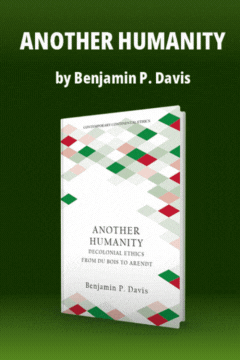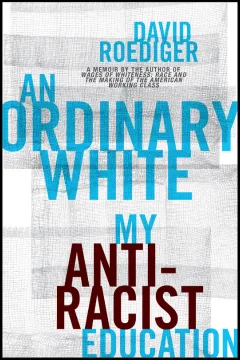Desegregation and Southern Bigotry
Desegregation and Southern Bigotry
DESEGREGATION: RESISTANCE AND READINESS, by Melvin Tumin. Princeton University Press, 1958.
This book reports the results of an investigation conducted by Professor Melvin Tumin and his assistants into the attitudes of white people in Guilford County, North Carolina, toward the problem of desegregation. Tumin wanted to define which white elements in a Southern community would be “ready” for desegregation of the public schools and which would resist it to the bitter end. “Readiness,” as he uses the term, is not necessarily willingness.
Tumin and his Princeton graduate students examined the attitudes of 287 white men of Guilford County towards the Negro and desegregation. Guilford County contains both rural and urban dwellers: farmers and factory workers, men in the professions and in business. The interview posed two general kinds of questions. The first was designed to find out how the white man felt about the Negro; the second explored what he might do to act on his feelings. That is, the first part was concerned with the white man’s “image” of the Negro, his ideology and feelings. The second part involved social action.
Tumin found the white men to be more R...
Subscribe now to read the full article
Online OnlyFor just $19.95 a year, get access to new issues and decades' worth of archives on our site.
|
Print + OnlineFor $35 a year, get new issues delivered to your door and access to our full online archives.
|






